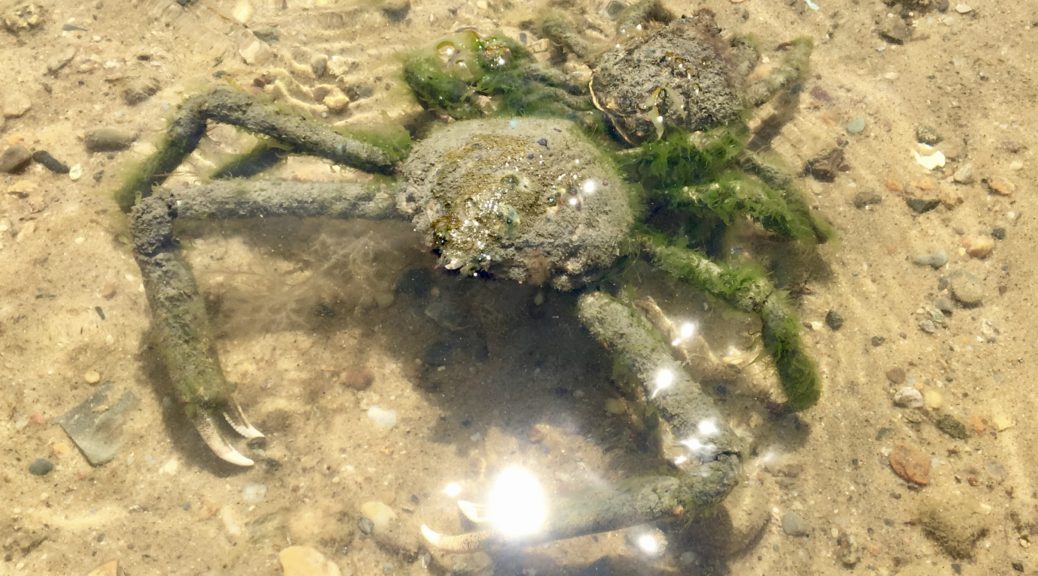Co-habitation: Brown Bear and Wolf Documented Sharing and Caring
/Description
Wildlife Photographer Lassi Rautiainen, 56 years old, documented this cooperative relationship between a male brown bear and female grey wolf in Finland in 2013.
He told the DailyMail:
“It’s very unusual to see a bear and a wolf getting on like this. No-one can know exactly why or how the young wolf and bear became friends. I think that perhaps they were both alone and they were young and a bit unsure of how to survive alone…It is nice to share rare events in the wild that you would never expect to see.”
He documented the relationship for ten days, and noted that they would stay in each other’s company for several hours between 8p.m. and 4a.m. While normally these two species would be independent hunters in their own territory, these two individuals would share a deer carcass as a meal every evening.
Not only did they tolerate each other’s presence, but it seems as if they also found a sense of security and companionship with one another too. This type of behavior is often seen with animals of the same species, such as male lions or cheetahs who are brothers and team up by roaming around with one another.
What we can learn
This is a wonderful example that teaches us that nature is more complicated when it comes to behaviors than what mainstream scientific reasoning suggests. This may be an isolated example that can be considered “unusual,” but it shows that nature expresses itself in cooperative ways even despite genetic programming and environmental factors.
If this could be explained simply because the bear and wolf are young and have not yet learned independent survival behaviors yet, then this only gives more credence to the notion that aggressive behaviors are taught to developing animals rather than being the default state they are born with.
Applying this same concept to humans, no human child in their developing phase is born with aggressive tendencies, malicious intentions, racial ideologies, or religious extremism…these are all taught to them by parents and society.
Perhaps the natural state of every living being born into this world is pure and innocent, but the conditions of one’s environment bring out the survival traits programmed within us. At the very least…we can do our best as human beings to give all our children as safe and kind of a world as possible to give them the best chance at becoming beings who are both caring and sharing.like this bear and wolf!













